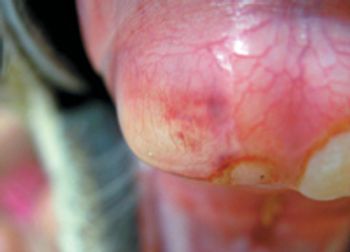
Septicemia, defined as the systemic reaction caused by the presence of microorganisms or their toxins in the blood, often is cited as the most common reason for illness and death in the neonatal period.

Septicemia, defined as the systemic reaction caused by the presence of microorganisms or their toxins in the blood, often is cited as the most common reason for illness and death in the neonatal period.

Lexington, Ky. - Every horse needs an annual dental exam, the American Association of Equine Practitioners (AAEP) says. It hopes to spread that message through a dental-health campaign designed to reach horse owners throughout 2008.
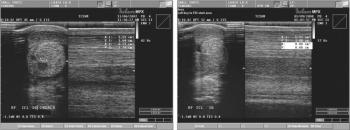
While interest and controversy swirl around stem-cell use for treating human spinal-chord injuries and diseases ranging from diabetes to Parkinson's, veterinary medicine has been investigating stem-cell use for a variety of animal conditions and diseases.
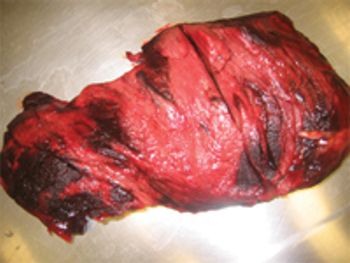
Purpura hemorrhagica is an immune mediated vasculitis associated with sensitization and cross-reactivity to proteins in the cell wall of Strep equi.
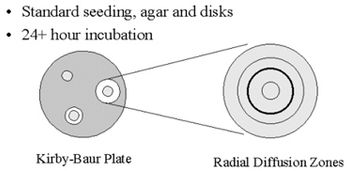
Therapeutic decision making is often a difficult and complex process.
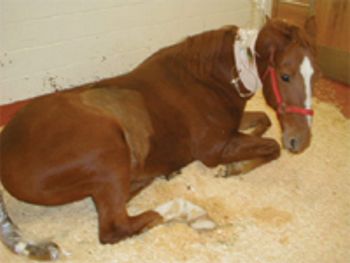
Dr. Alexander Fleming (1928) initiated the 'modern age of medicine' with the discovery of penicillin.
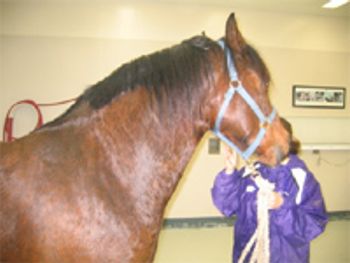
Other names for this syndrome include Insulin resistance, Obesity-Associated Laminitis, Peripheral Cushing's Disease; Omental Cushing's Disease

Dystocia is a significant event in equine reproduction.
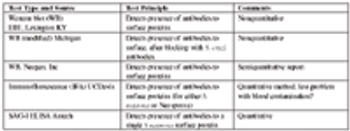
Differential diagnoses for spinal ataxia in horses includes: cervical vertebral stenotic myelopathy (CVSM), equine protozoal myelitis (EPM), trauma, congenital abnormalities, equine degenerative myelopathy (EDM), and equine herpes virus-1.

With some minor breed differences, most mares have similar reproductive physiology and, from that respect, may be expected to respond similarly to a canned breeding management protocol.
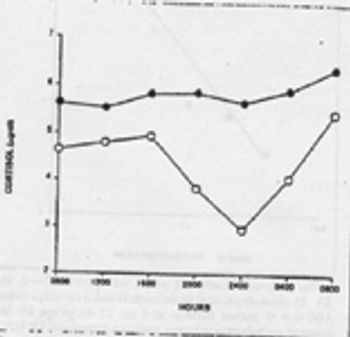
The pituitary gland lies in the sella turcica at the base of the brain. It is connected to the hypothalamus by the pituitary stalk.
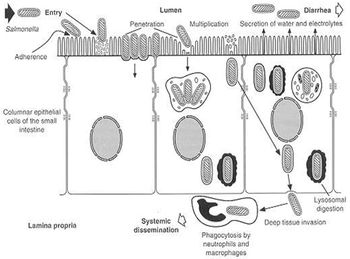
All antibiotics select for resistance ... you look for it, you find it.

Diarrhea in young foals (< 1 month): 1) rotavirus; 2) Clostridial (difficile and perfringens); 3) Salmonella; 4) parasites (Strongyloides westeri); 5) cornavirus and 5) Cryptosporidium. Of these rotavirus, Clostridial spp. and Salmonella are the most common.
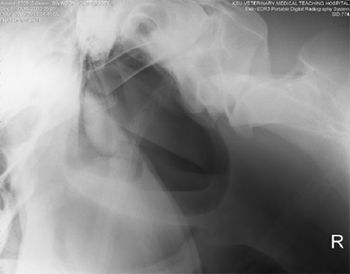
Vestibular disease may result from a number of infectious, traumatic and non-infectious conditions.
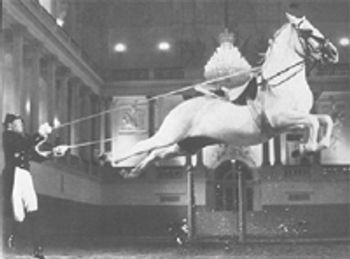
The thyroid gland is located in throat latch region below the larynx, the gland is bilobed, connected by a narrow isthmus.
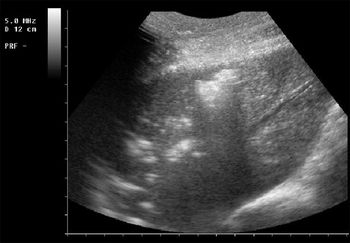
Lower respiratory disease is a common problem in foals under 8 months of age.

This lecture will focus on common diseases of older horses including dental disease/weight loss (and other complications of poor dentition), recurrent airway obstruction, lameness and common neoplasms of older horses.

Overview of equine rabies, equine herpes virus-1, and parasitic infection of the CNS
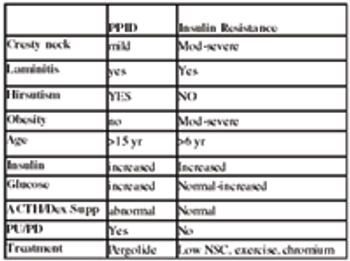
This disease probably better described as PPID, as Cushing's disease in humans and dogs are not identical to the disease in horses.
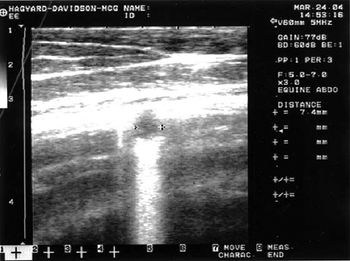
Shadow is a 7 yr, American Saddlebred Gelding.

College Station, Texas- 3/31/08 - The Texas A&M University Board of Regents has approved the College of Veterinary Medicine & Biomedical Sciences to begin construction on a veterinary imaging and cancer treatment center.
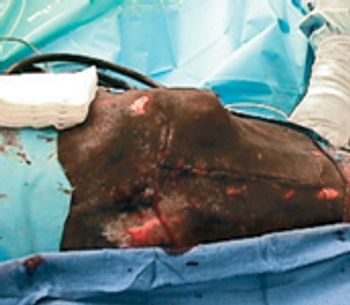
A chief concern with any trauma that causes frontal or poll injury is possible damage to the central nervous system.

It was described in veterinary literature as far back as 1251, more than 750 years ago, yet it remains one of the most commonly diagnosed infectious diseases in horses worldwide.

Outbreaks of equine viral arteritis (EVA) are infrequent in the United States but, because a large percentage of the equine population is susceptible, several leading experts continue to push for improved awareness and protective measures.
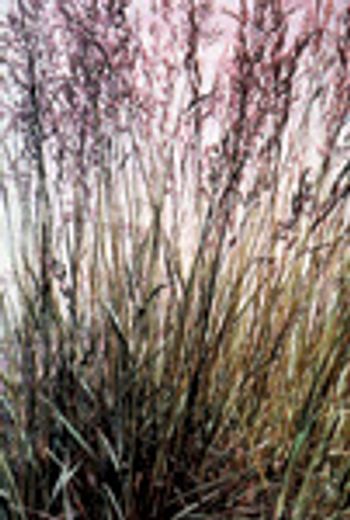
This is the third in a series of articles on toxic plants that are likely to poison horses in North America. This installment covers myotoxic plants, those that damage muscle and the cardiovascular system.